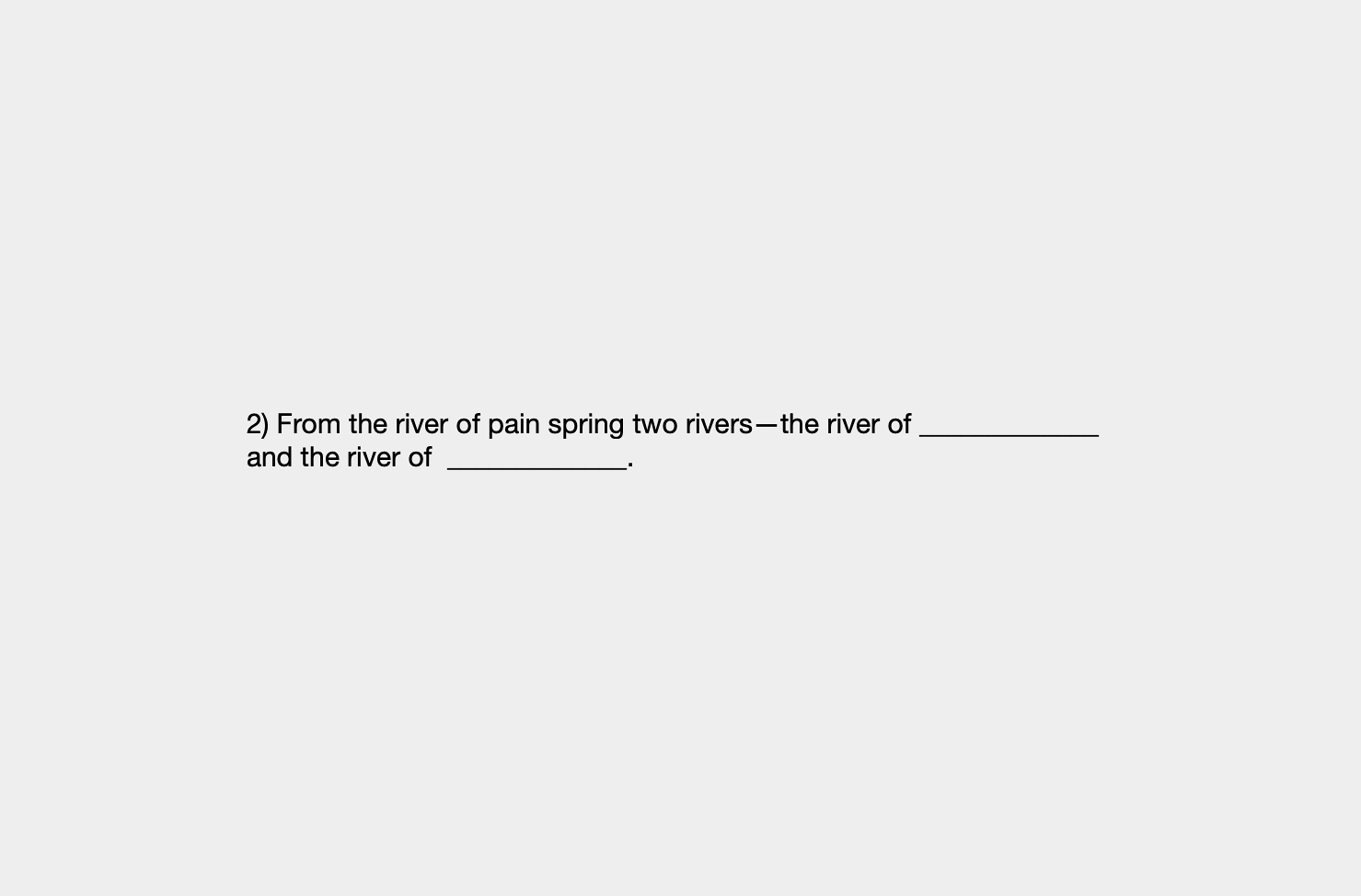The ongoing crisis has prompted the circulation of factoids which are intended to galvanize but can have the opposite effect. No writer will ever again need to be reminded, for instance, that William Shakespeare composed King Lear (1606) while sitting out an outbreak of the plague, nor will they want to be. That the Greek root of the word “crisis” describes a turning point (in a disease, in a society) is another of these truisms, used to support the hope that we will emerge blinking from our current confinement into a brighter world. The problem, as we’re beginning to see, is that this change could take us one of many ways, not all of which are to be desired.
How to find our way? The socialist politician Tony Benn divided leaders into “weathercocks” and “signposts”—those who catch the prevailing wind and those who do not waver. The record confirms that the latter fix the course when history arrives at a crossroads. In his worryingly prophetic The Original Accident (2005), Paul Virilio notes that the Chicago school of economists did not engineer the Chilean coup of 1973, but were ready and prepared to set the country’s ideological bearing when it happened. The first lesson, on whatever scale it is applied, is that a crisis is not the time to question convictions, but to implement them; the second is that it isn’t wise to follow signposts without thinking about where they might lead.
It has been encouraging to observe artists, galleries, and institutions use these ill-defined times to test out new approaches, under extraordinary pressures. Recent weeks have seen the formation of cross-border communities, collaborations, and solidarities through digital technologies; research into new systems for disseminating works of art and the discourse that supports them; and the widespread adoption of new platforms for distribution and engagement. The editors of this publication last night watched an artists’ cabaret broadcast live on Twitch, communicating via WhatsApp about what they were seeing, at several hundred miles’ distance. The most successful of these experiments are not only adapted to the new reality, but will help to shape it.
If the role of criticism is to read the signs of a culture, then the first responsibility of publications such as this is to preserve the freedom of its writers. Which sounds self-evident, but stick with us. Freedom in this context means being able to write against consensus; to resist the idea that writers are instruments of a predetermined cultural politics; to write in depth about contemporary art in a media landscape dominated by disposable emotional experiences.
Which is to say, the freedom not to follow the prevailing wind but independently to interpret the signs and think about where they might lead. Critics see these signs everywhere: in the representation of nature in capitalist societies; in the use of metaphors of illness and virality in recent digital art; in how allegiances are formed online; in how contemporary art can help us to figure different futures for society. Which is why these and many other issues are considered by our contributors in the features, conversations, and reviews that we will publish this month.
Criticism, the linguists among our readers might already have noticed, derives from the same root as “crisis”.1 Crises—a series of branching paths marked by different signs—are for critics not epochal events but a means of navigating the world. The editors work on the principle that we should not have to wait for a global catastrophe to think about the direction in which we are travelling. But now that it’s here, let us wish you a safe journey through the coming weeks.
From Latinized form of Greek krisis “turning point in a disease, that change which indicates recovery or death,” literally “judgment, result of a trial, selection,” krinein “to separate, decide, judge,” from Proto-Indo-European root *krei- “to sieve,” thus “discriminate, distinguish.”
